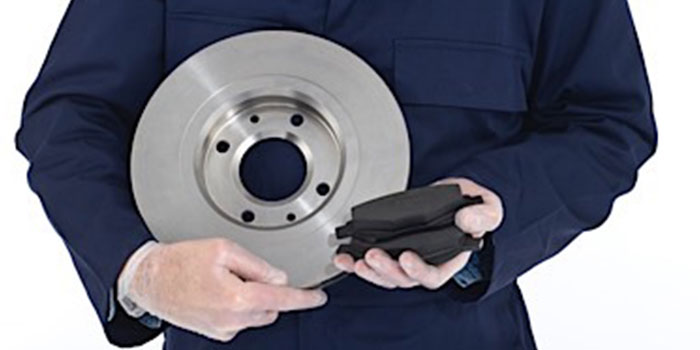Friction And Formulations
Friction is the force resisting the relative motion of elements sliding against each other. In the case of cars and trucks, it is the brake pads pushing against a rotor that changes kinetic energy into heat.
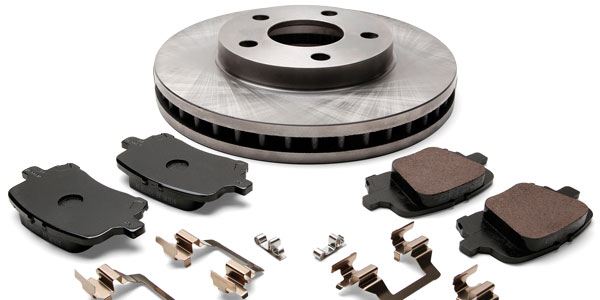
VIDEO: Brake Pad Research And Development
Andrew Markel explains how brake pads undergo quality control and research before they are distributed, and how that adds value to a brake pad job.
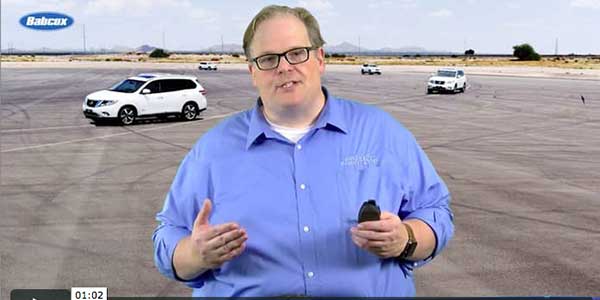
VIDEO: Brake Pad Chamfers And Slots
Andrew Markel shows why some brake pads have chamfers, slots, none or both, and how they can reduce noise.
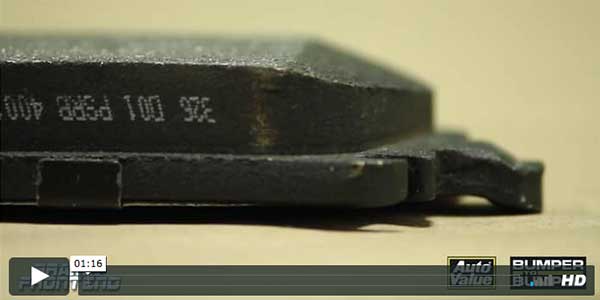
Brake Pad Chamfers, Slots And Shapes: Controlling Brake Noise
When the brake pad’s friction surface is not in harmony with the caliper and rotor, the result is usually noise. But, brake pad manufacturers have some tricks to prevent this problem or at least shift it outside of the range of human hearing.
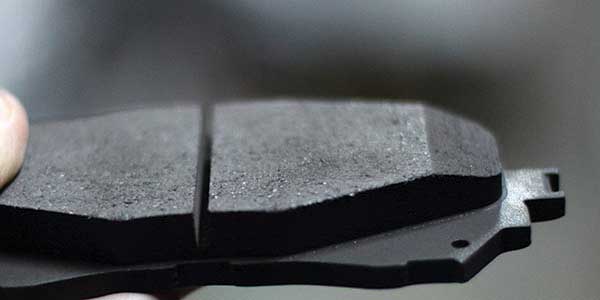
Brake Pad Contamination From Friction And Dust
Two forms of brake pad contamination can occur once a brake pad is pressed into a rotor and friction is generated.
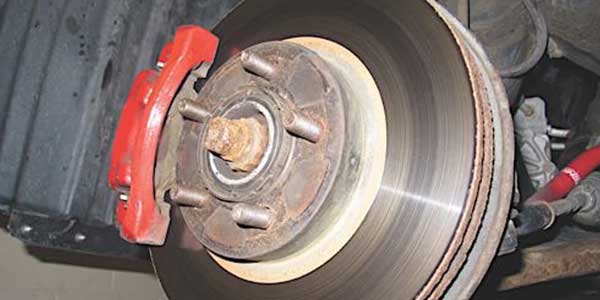
VIDEO: Brake Pad Lubrication
Andrew Markel discusses the importance of proper lubrication on brake pads, including not using too much and correct placement.
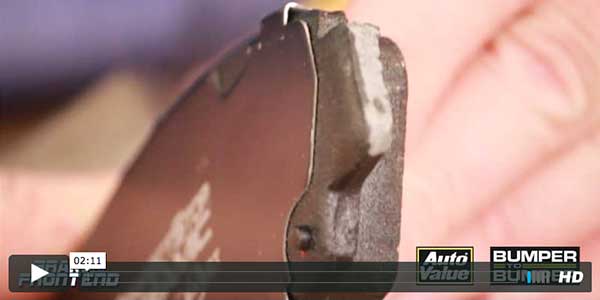
What’s The Best Way To Break In New Brake Pads?
Avoid heavy braking or panic stops for the first couple of hundred miles. Normal driving will usually seat in most brake pads just fine, provided the rotors are clean, relatively smooth (no excessive scoring or grooving) and flat (no warpage or pedal pulsations).
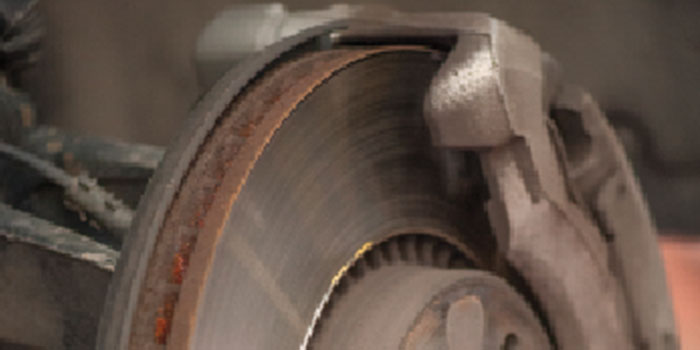
Brake Pads: Delaminated Pads Are Dangerous
Both field and laboratory test results repeatedly prove that the friction lining on a disc brake pad can wear to within a millimeter of the mating surface of the disc brake shoe without affecting brake function, provided the entire surface area of the friction lining material remains intact during contact with the rotor.
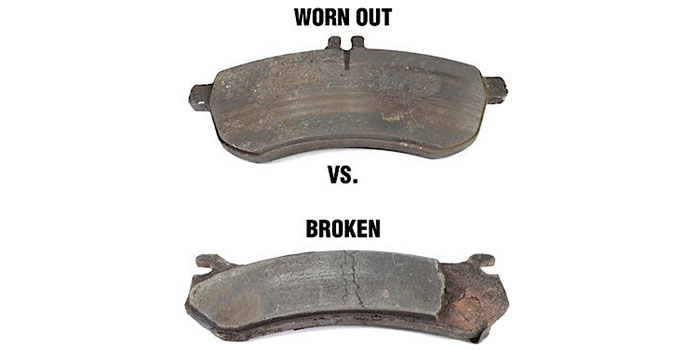
Bedding Brake Pads
Bedding is a process by which a thin layer of friction material from a set of new brake pads gets transferred to the rotor surface.
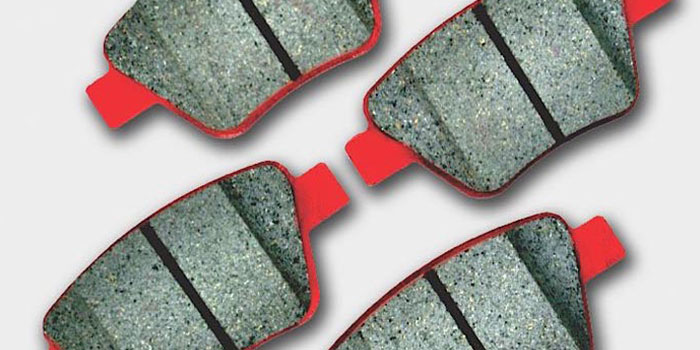
Focus On Brake Friction For Safety
There are no recommended replacement intervals for brake pads because pad life varies widely depending on how a vehicle is driven, the type of brake pads on the vehicle, the driver’s braking habits and even the design of the brake system.
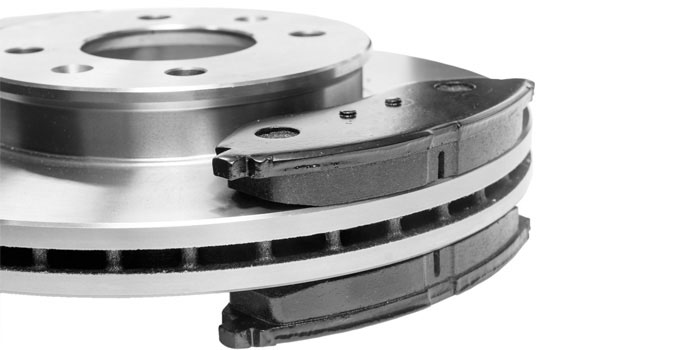
The Copper-Free Brake Initiative
Spurred by the laws enacted by California and Washington, several other states such as New York, Hawaii, Rhode Island and Oregon drafted legislation over the past several years aimed at reducing brake pad pollution. However, the Copper-free Brake Initiative, in tandem with California and Washington’s existing laws, effectively made other state-specific laws unnecessary.
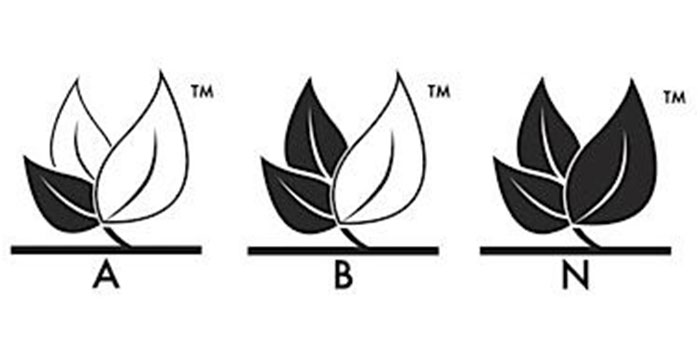
Brake Pad Regulations: Factory And Aftermarket
Everybody wants safe brakes, right? You want the assurance that any brake linings you install on a customer’s vehicle will provide adequate braking and meet all applicable safety standards. But guess what? There are no federal safety standards for aftermarket brake linings.
